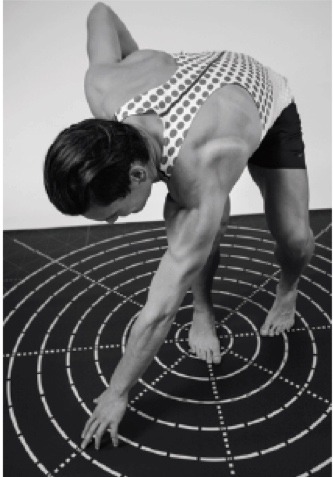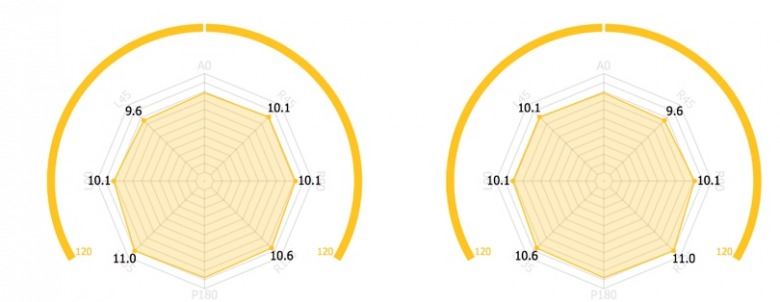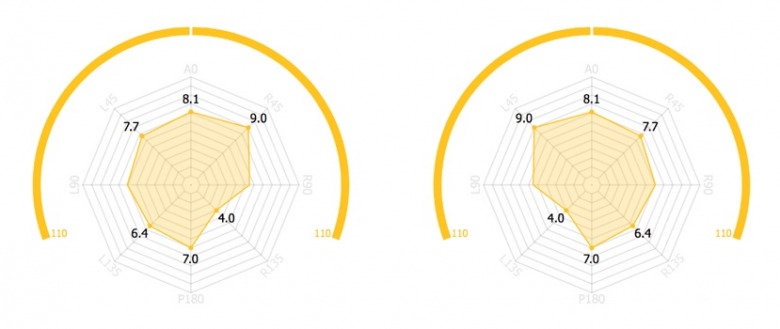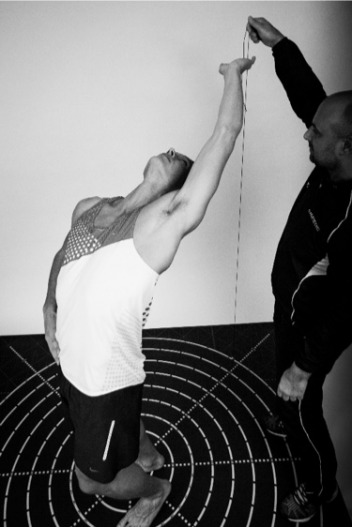Is Flexibility ImpoRtant foR Skiing?Lone Peak Performance, Bozeman MT

October 31, 2018
By Heidi Bowman and Tom Cuddy
Is Flexibility Important in Cross Country Skiing?
A few years ago I took a course on motion mapping with an instructor who is involved in elite olympic athlete training in Norway. Motion
What surprised me most was the instructor’s statement that elite cross country ski racers have the least amount of mobility out of all athletes that are tested. The images below represent the averages of elite alpine skiers and cross country skiers (primarily from the Norwegian Olympic Training Center in Oslo) performing a task of balancing on one leg and reaching with their upper extremity in different directions on the grid (balance reach test). The information shows us how well we combine different movement patterns using the whole body. What you will notice is the alpine skiers have a fairly full “pie” showing mostly symmetrical reaches in all directions, whereas the cross country skiers look like a piece of the pie is missing. Furthermore, the overall magnitude of numbers are smaller for each direction.
ski racers have the least amount of mobility out of all athletes that are tested. The images below represent the averages of elite alpine skiers and cross country skiers (primarily from the Norwegian Olympic Training Center in Oslo) performing a task of balancing on one leg and reaching with their upper extremity in different directions on the grid (balance reach test). The information shows us how well we combine different movement patterns using the whole body. What you will notice is the alpine skiers have a fairly full “pie” showing mostly symmetrical reaches in all directions, whereas the cross country skiers look like a piece of the pie is missing. Furthermore, the overall magnitude of numbers are smaller for each direction.
What surprised me most was the instructor’s statement that elite cross country

The left and right graphs represent the left and right leg, respectively. Each number represents the average distance that the athletes of each sport could reach in each given direction. The number on the top of the graphs refer to flexion-based movements, whereas the numbers on the bottom refer to extension-based movement.
Alpine Skiing

Cross Country Skiing

The “missing piece of pie” in the XC skiers represents extension (reaching backwards) and hip internal rotation. Certainly, this is not a normal motion that XC skiers engage in during day-to-day training.

What are your thoughts? Is it important to have a full range of flexibility or should we embrace the stiffness?
Images compliments of Ola Eriksrud, Norwegian Olympic Sport Center, Oslo, Norway
